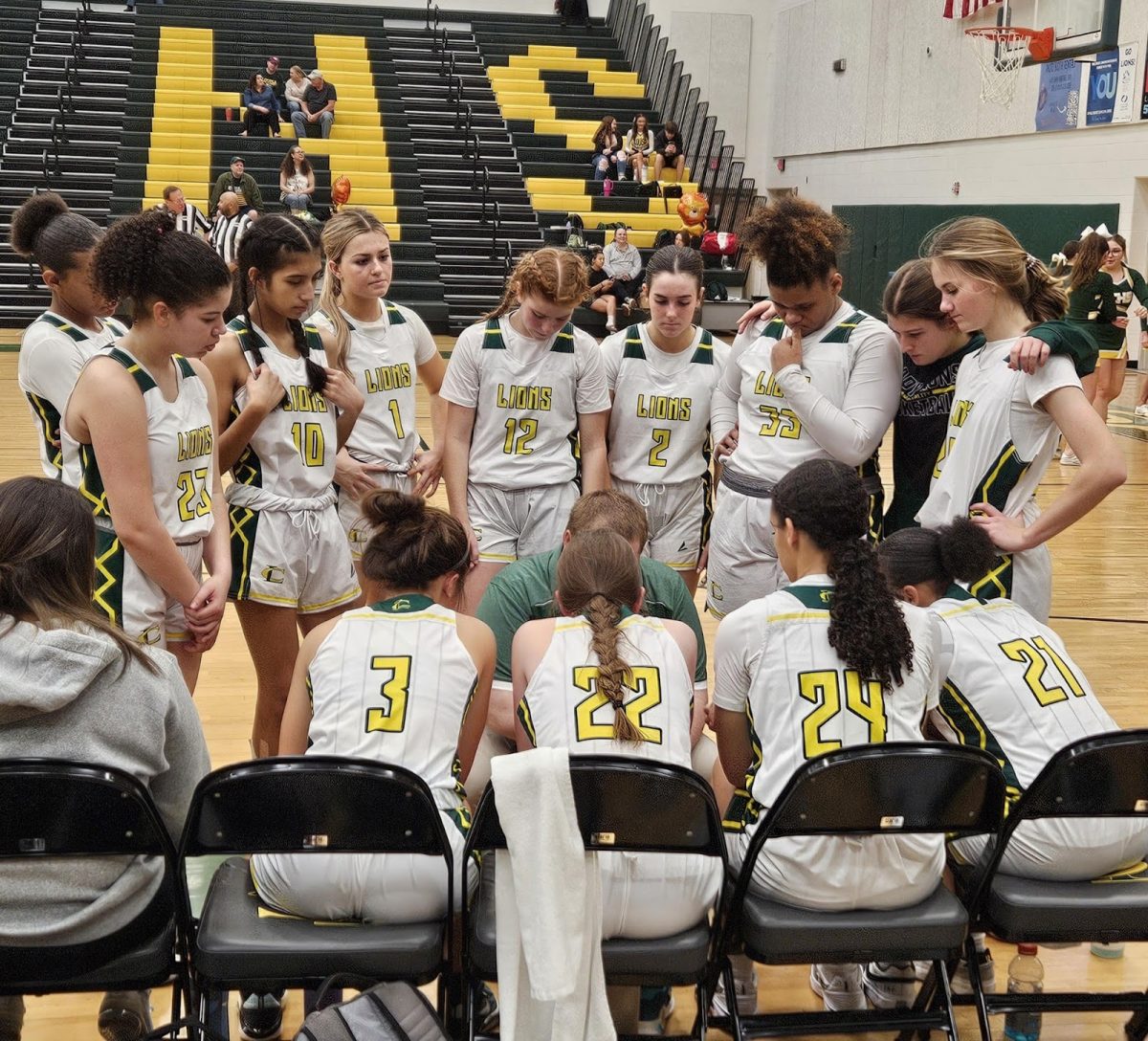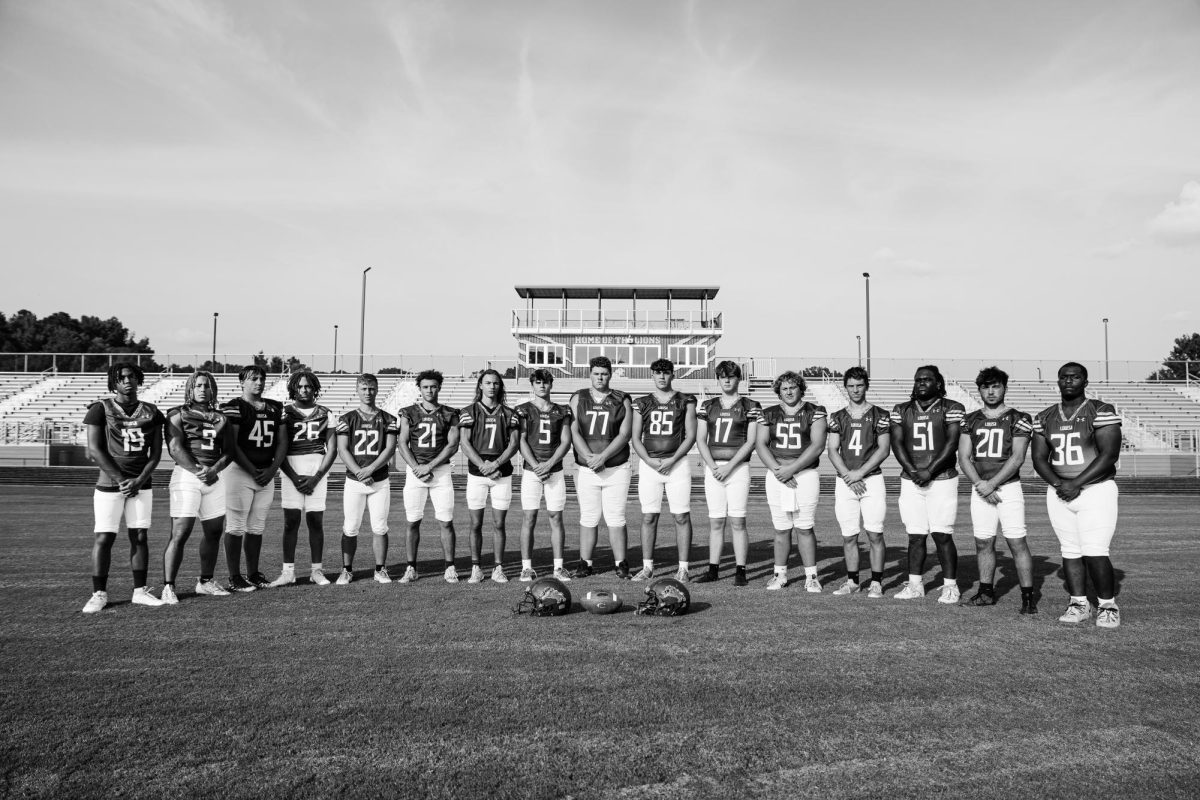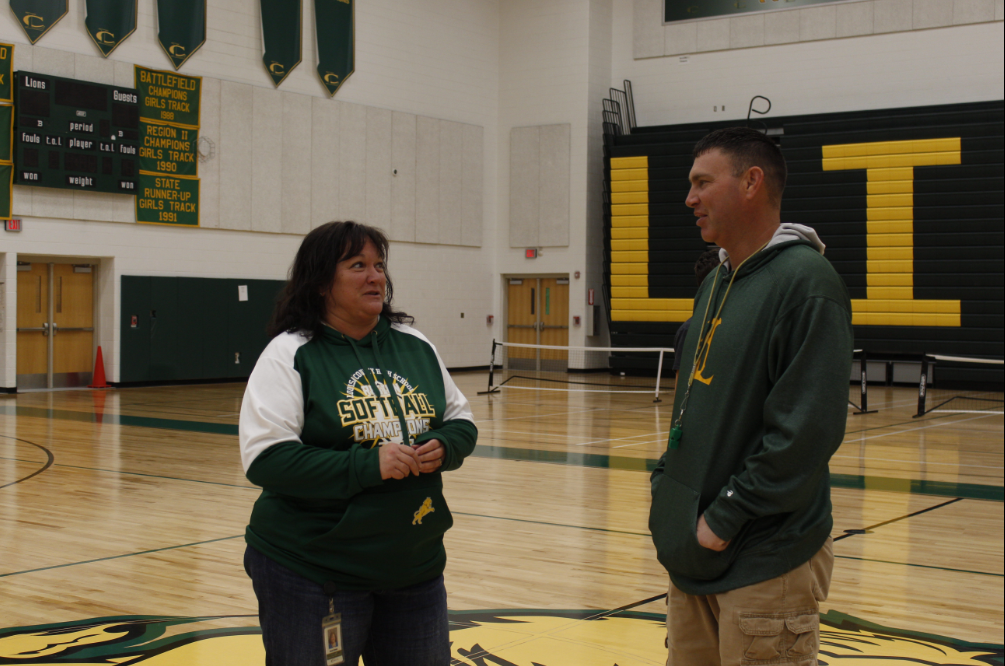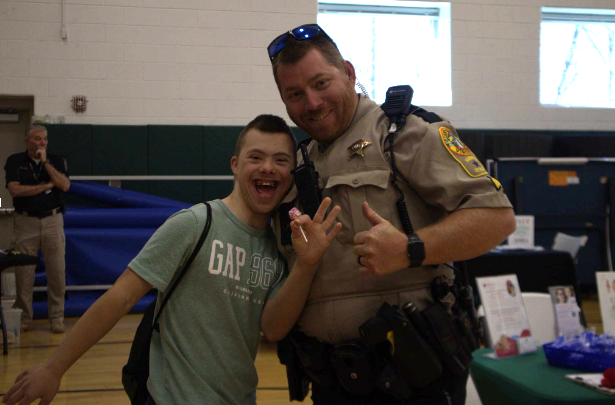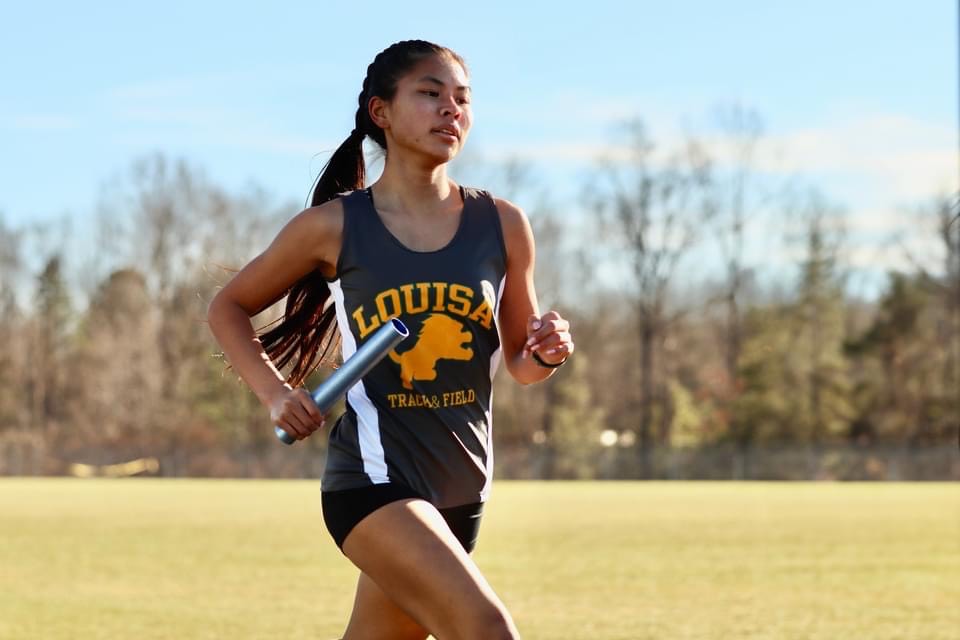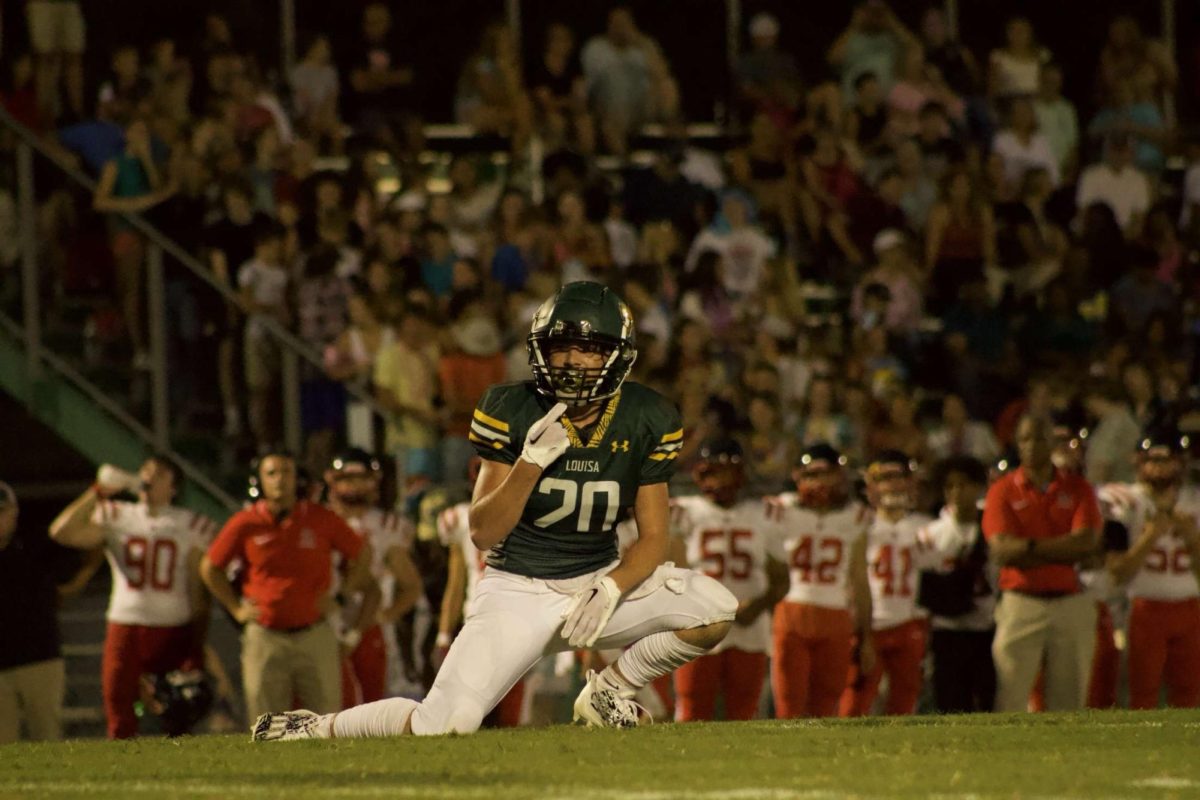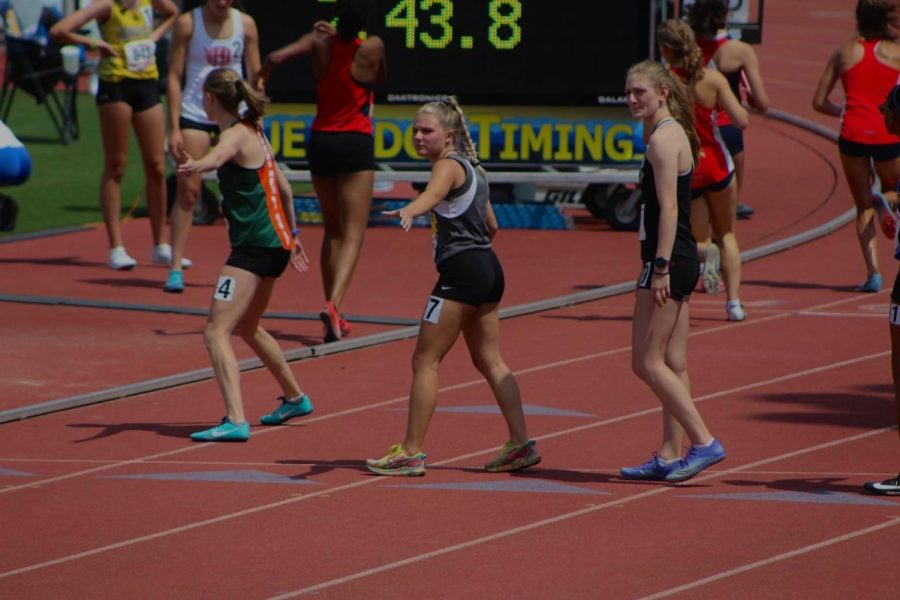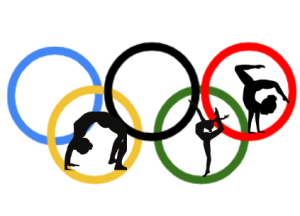Terminology: Outdoor Track
Madison Chandler prepares for the baton to be passed to her at a meet.
April 20, 2022
Calls- Calls notify the runner on when they will compete.
Disqualified or “DQ”- A runner is DQ when they do something against the rules. This results in the competitors’ scores being eliminated and they are not allowed to compete.
Break- If the runner has a full stride advantage, they can move to another lane. If they do not have a full stride advantage they will be disqualified under the conditions that they cut the other competitor off.
Typical indoor tracks have 200 meter tracks. Outdoor tracks are 400 meters. Track meets have no set duration. They last until every event is completed. There are 44 track and field events. A machine times each race and prints the timeout on a sheet of paper to decide who was the fastest. The 44 events encompass field events, short distance, and long distance. Girls and boys compete separately. Girls compete first, and boys follow.
When competitors arrive at the meet, they receive a number. The machine will place the time with the designated runner. Before each event, there will be three calls. By the third call, the runner should be at the line and ready to compete. The official will tell the competitors the rules for each event. Each runner must stay in their designated lane for the entire event until they have to break. Typically, field events are grouped into three categories, throwing, jumping, and pole vault. Competitors are allowed to compete in more than one event at each meet. The competitor that places first is granted five team points, second receives four points, and third place is given three points. This scoring system is used in both field events and running.
Thank you to Madison Chandler, William Moore, and Maddox Pleasants for contributing to this article!










